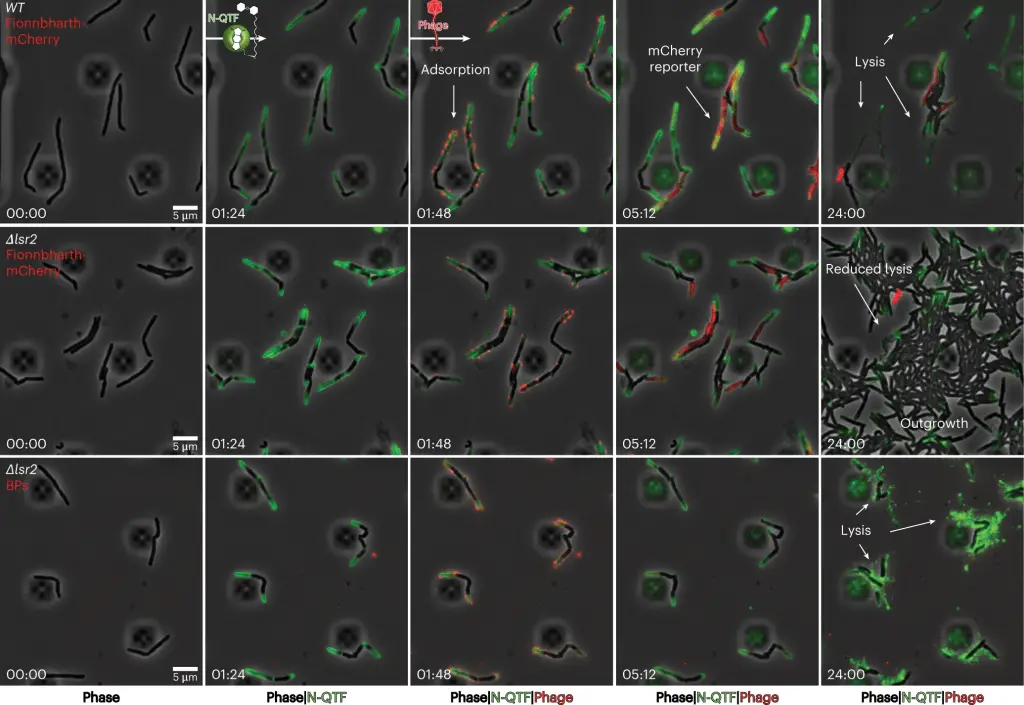In a groundbreaking study published in the Proceedings of the National Academy of Sciences in 2023, researchers from Lund University, Sweden in collaboration with their counterparts at the NIST Synchrotron Facility in the United States, mapped the atomic-level processes occurring within a bacteriophage particle when subjected to changes in temperature. This investigation delves into a critical aspect of viral (phage) replication: the structural arrangement of a viral genome within its capsid and its impact on the dynamics of genome release during infection.
The study builds upon previous research that had identified a temperature-induced transition in the mechanical properties of the packaged λ-genome, shifting from a solid-like to a fluid-like state. This transition facilitated rapid DNA ejection, a process central to viral replication. Nevertheless, prior to this study, the precise structural origins of this transition remained elusive.
To understand these structural changes, the scientists used a method called Small-Angle Neutron Scattering (SANS). They came up with a new way to do this by matching the scattering signal from the virus's outer shell with a special liquid called deuterated buffer. This helped them see how the genetic material (double-stranded DNA or dsDNA) is packed inside the virus's shell. To be extra sure they got it right, they also used Small-Angle X-ray Scattering and special microscope images (cryoelectron microscopy) to figure out the starting details about the DNA inside the virus.
The results showed that when the temperature increased, something interesting happened inside the virus. Inside the virus, the genetic material had two different parts. One part was tightly packed and ordered like a hexagon on the outer edge of the virus, while the other part in the center was less ordered and not as tightly packed.
As the temperature rose from 20°C to 40°C, the inner part of the genetic material went through a change. This change happened at a temperature close to the normal temperature of infection, around 37°C. During this change, the genetic material in the core became less tightly packed, and it had fewer defects in its structure. This change made the genetic material more mobile, which is essential for it to be quickly released from the virus into a host cell, causing an infection.
The insights gained from this study reconcile with prior observations regarding the mechanical transition of DNA within the phage λ capsid. They shed light on the atomic-level processes underlying temperature-induced DNA density transitions in viral capsids and provide a deeper understanding of how viruses orchestrate their infection mechanisms. These findings hold significant implications for the development of antiviral strategies and therapeutics.
Reference: Villanueva Valencia, J. R., Tsimtsirakis, E., Krueger, S., & Evilevitch, A. (2023). Temperature-induced DNA density transition in phage λ capsid revealed with contrast-matching SANS. Proceedings of the National Academy of Sciences, 120(45), e2220518120.
cover photo courtesy of Rob Cot, T2Q.





